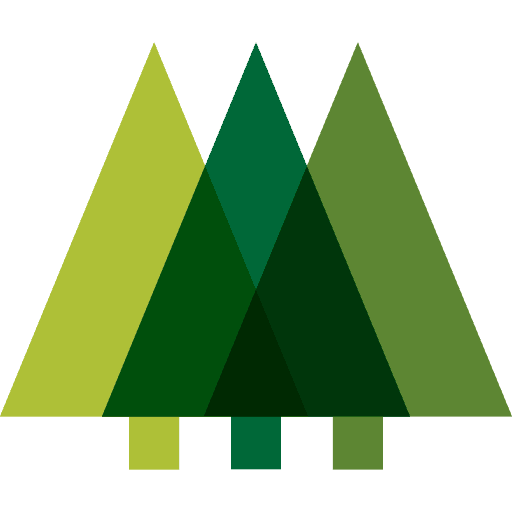Jobs. Clean water. Reducing poverty. Sustainable incomes. Fuel and shelter. Here are just a few of the many ways that Stand For Trees projects give communities a meaningful alternative to deforestation.
Why Forests Matter
People & Livelihoods
Forests in the developing world are critical to the lives of the people that call them home.
For many, losing forests means losing a vital resource for their daily lives. For others, losing forests impacts the health and safety of their homes. Even if they are able to temporarily improve their lives by clearing forests, in the long term they end up worse off.
That’s where Stand For Trees comes in.
Sustainable development and alternative livelihoods
Many of our projects employ people in a variety of roles. These could be making eco-friendly clothing; patrolling the forest; growing small-scale crops; or working in wildlife centres. Most projects also pay a part of their carbon income to people who live in or near the project area. (That carbon income comes from the certificates you buy from us.)
Projects also might use that income to increase funding for local NGOs. These NGOs then use that money to create or expand social development programs, to partner with government agencies, or to increase other operations. Some of them provide training and supplies to farmers to help them improve crop yields. Once that happens, farmers can harvest the same amount from less land and avoid having to convert forest to farmland.
Then there is institutional support, like helping to set up eco-tourism businesses. Or there are farming cooperatives, which help members get better prices for their products.
All of this helps improve forest communities’ lives. It reduces the worry of people not knowing how much they will earn. It means that projects support many more people than just the jobs they hire for. And that’s how it creates sustainable alternatives to deforestation.
Education and health care
Education in rural communities is often in short supply, with a shortage of teachers and resources. Projects help to fix this in many ways. Some build schools and classrooms, hire teachers, buy books, expand access to education – or all of the above – themselves. In others, locals use the money they are paid for keeping their forests standing.
Projects also improve access to clean water. This could be by helping households directly or by improving infrastructure around the community. Of course, this also helps to improve schooling results. When families and children don’t have to spend hours every day fetching water, there’s more time for school.
As for health care, projects have built clinics and hired nurses and medical workers. By doing this, they’ve brought care to areas which previously had barely any services – or were not served at all.
Reducing poverty and saving cultures
Many of our forests have great spiritual and cultural significance for indigenous groups. Saving the forests helps protect these groups’ livelihoods, culture, and traditions.
The rural poor also rely much more heavily on forests for day to day life than the urban poor. They use plants and trees for food, medicines, fuelwood, building materials, and much more. This helps them cope with job losses, food shortages, and other challenges. And in some cases, the forests even help to protect against disasters like landslides, floods, or water shortages.
So, without the forests, locals would have no other way to meet their daily needs. And they would be much worse off in case of an emergency.
That’s why communities become extra vulnerable to poverty, hunger, sickness, and instability when they lose the forests they rely on so deeply.
And that’s why saving forests is so important for poverty alleviation and livelihoods.
Sign up here to keep up to date with our work to support communities and livelihoods:





